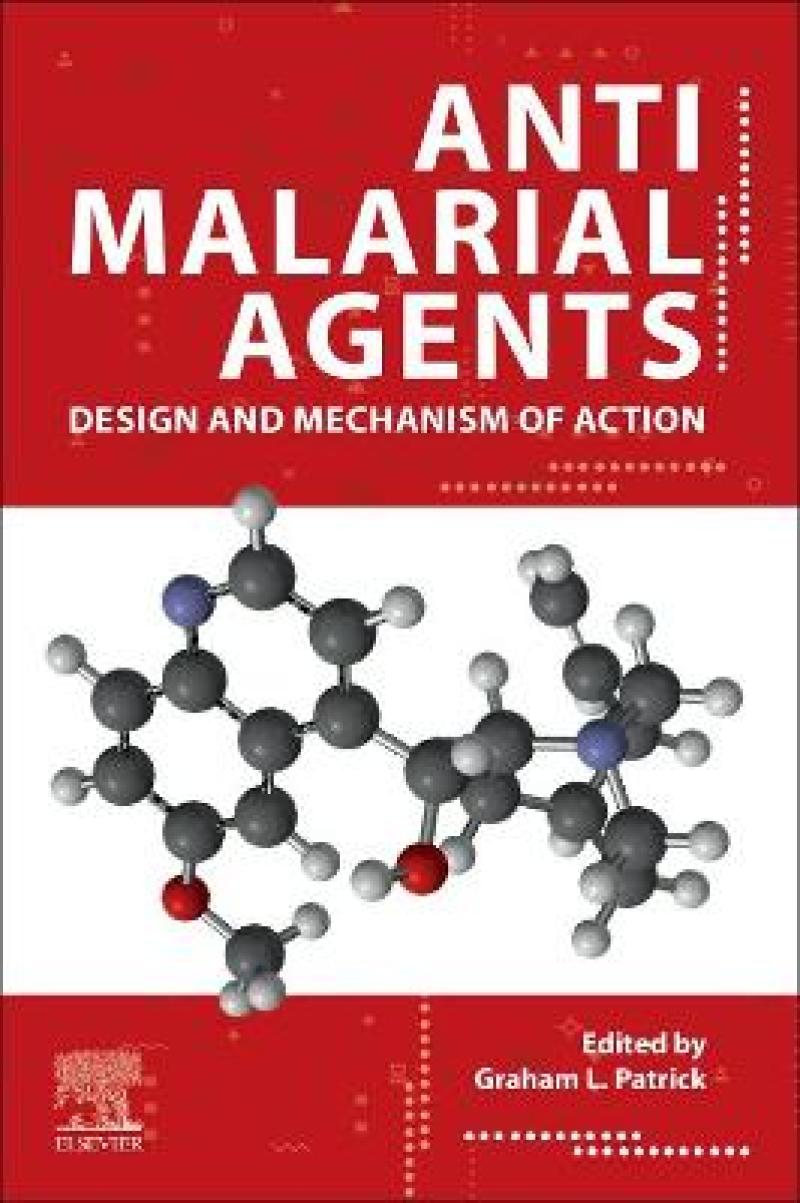Antimalarial Agents: Design and Mechanism of Action seeks to support medicinal chemists in their work toward antimalarial solutions, providing practical guidance on past and current developments and highlighting promising leads for the future.
Malaria is a deadly disease which threatens half of the world’s population. Advances over several decades have seen vast improvements in the eff ectiveness of both preventative measures and treatments, but the rapid adaptability of the disease means that the ongoing search for improved and novel antimalarial drugs is essential.
Beginning with a historical overview of malaria and antimalarial research, this book goes on to describe the biological aspects of malaria, highlighting the lifecycle of the parasite responsible for malaria, the problem of resistance, genetic mapping of the parasite’s genome, established drug targets, and potential drug targets for the future. This sets the scene for the following chapters which provide a detailed study of the medicinal chemistry of antimalarial agents, with a focus on the design of antimalarial drugs.
Drawing on the knowledge of its experienced authors, and coupling historic research with current fi ndings to provide a full picture of both past and current milestones, Antimalarial Agents: Design and Mechanism of Action is a comprehensive yet accessible guide for all those involved in the design, development, and administration of antimalarial drugs, including student academic researchers, medicinal chemists, malaria researchers, and pharmaceutical scientists.
Les mer
1. History of malaria and its treatment
2. Knowing one's enemy: the Plasmodium parasite
3. The cinchona alkaloids and the aminoquinolines
4. Artemisinin and artemisinin-related agents
5. Agents acting on pyrimidine metabolism
6. Antimalarial agents acting on hemoglobin degradation
7. Plasmepsins as targets for antimalarial agents
8. Falcipains as drug targets in antimalarial therapy
9. Drug targets in the apicoplast
10. Drugs targeting mitochondrial functions
11. The Plasmodium falciparum proteasome as a drug target
12. Transferases and their inhibition
13. Kinases and kinase inhibitors
14. Miscellaneous agents of clinical interest
15. Inhibitors of purine and pyrimidine pathways
16. Miscellaneous targets
Les mer
An indispensable guide to current developments in medicinal chemistry for the creation of enhanced antimalarial drugs
Consolidates both past and current developments in the discovery and design of antimalarial drugs
Presents content in a style that is both thorough and engaging, providing a supportive and guiding reference to students and researchers from interdisciplinary backgrounds
Highlights drug targets currently considered to be the most promising for future therapies, and the classes of compounds that are currently being studied and perfected
Les mer
Produktdetaljer
ISBN
9780081012109
Publisert
2020-06-02
Utgiver
Vendor
Elsevier / The Lancet
Vekt
1420 gr
Høyde
235 mm
Bredde
191 mm
Aldersnivå
P, 06
Språk
Product language
Engelsk
Format
Product format
Heftet
Antall sider
622
Redaktør
